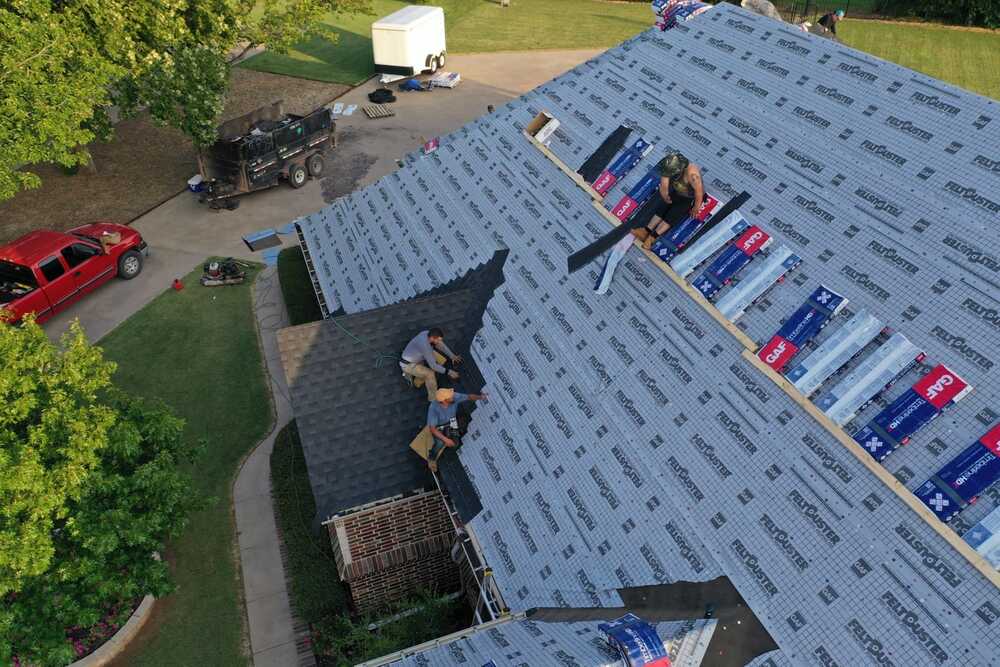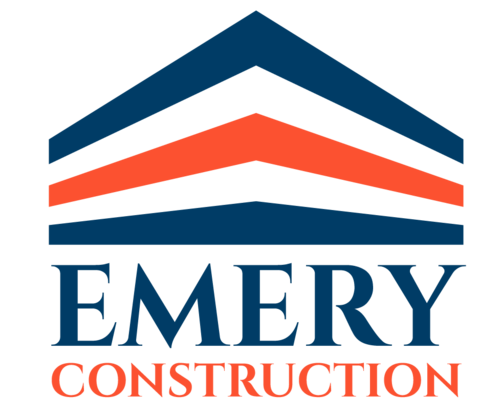Built-Up Roofing:
What to Know
Built-up roofing is a common roof type for commercial buildings. It is popular in the commercial roofing industry for its several advantages.
Since built-up roofs are sealed, it is commonly recommended for low-slope roofs where other roof types, such as roof shingles, are not ideal.
BUR is made up of different constituents, such as bitumen, finished with gravel or stone.
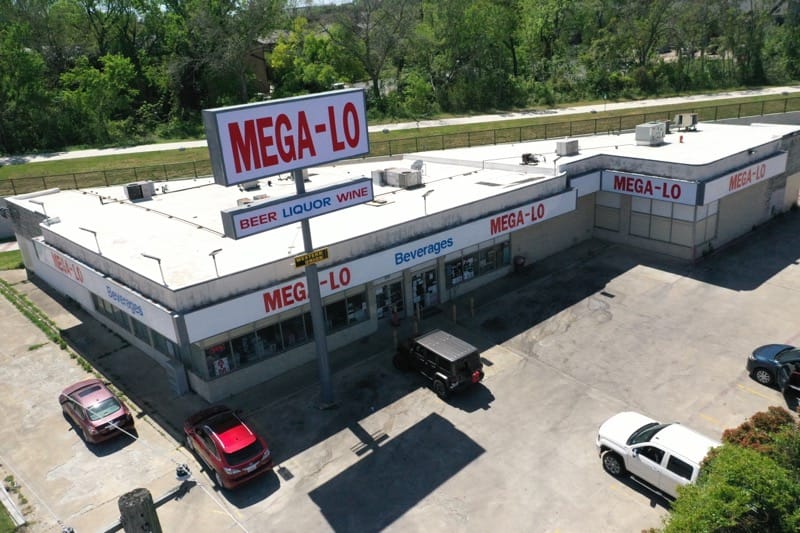
Your content goes here. Edit or remove this text inline or in the module Content settings. You can also style jbsajbxkjbakx
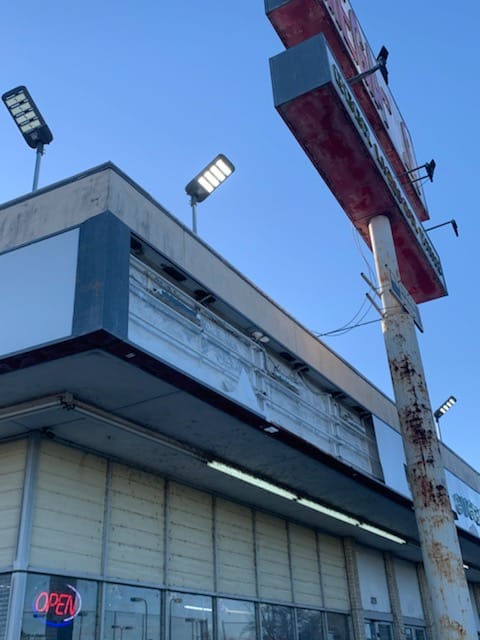
Dallas Roofer: Superb service with superb skills
Built-Up Roof:
Types
Built-up roofing has been around for over 100 years, varying techniques, though. The installation method and materials for built-up roofs have advanced from what they used to be decades back. Modern BUR now features an insulation layer to enhance energy efficiency.
Three materials constitute a built-up roof: bitumen, ply sheets, and surfacing materials. There are two options for the bitumen used: cold or hot bitumen. While cold bitumen is laid to the roofing structure with adhesive, hot bitumen is heated and liquefies during installation.
However, cold built-up roofing is preferred over the hot option for a few reasons. First, while a cold built-up system doesn’t emit toxic fumes, it is also not weather dependent, which can be installed even in wet weather. Second, studies show that cold built-up roofing performs better than its hot counterpart.
The ply sheets are special fabrics reinforced with organic materials like fiberglass. The common standard width for these ply sheets is about 36 inches. The sheets are placed on the bitumen to bond together and form a strong structure.
The surfacing materials are the last component of a built-up roof, consisting of finer gravels or stones. The surface materials serve as a protection layer for other components, which can be damaged with exposure to sunlight and other damaging agents like debris. Also, the surfacing materials make the roof safer to walk on.
The most common type of built-up roofing is ballasted roofing. In ballasted roofing, the surfacing materials comprise large stones. Here, the lower layer is not fastened or adhered to the roof structure, but the whole system is kept together since the surface layer is heavy enough.
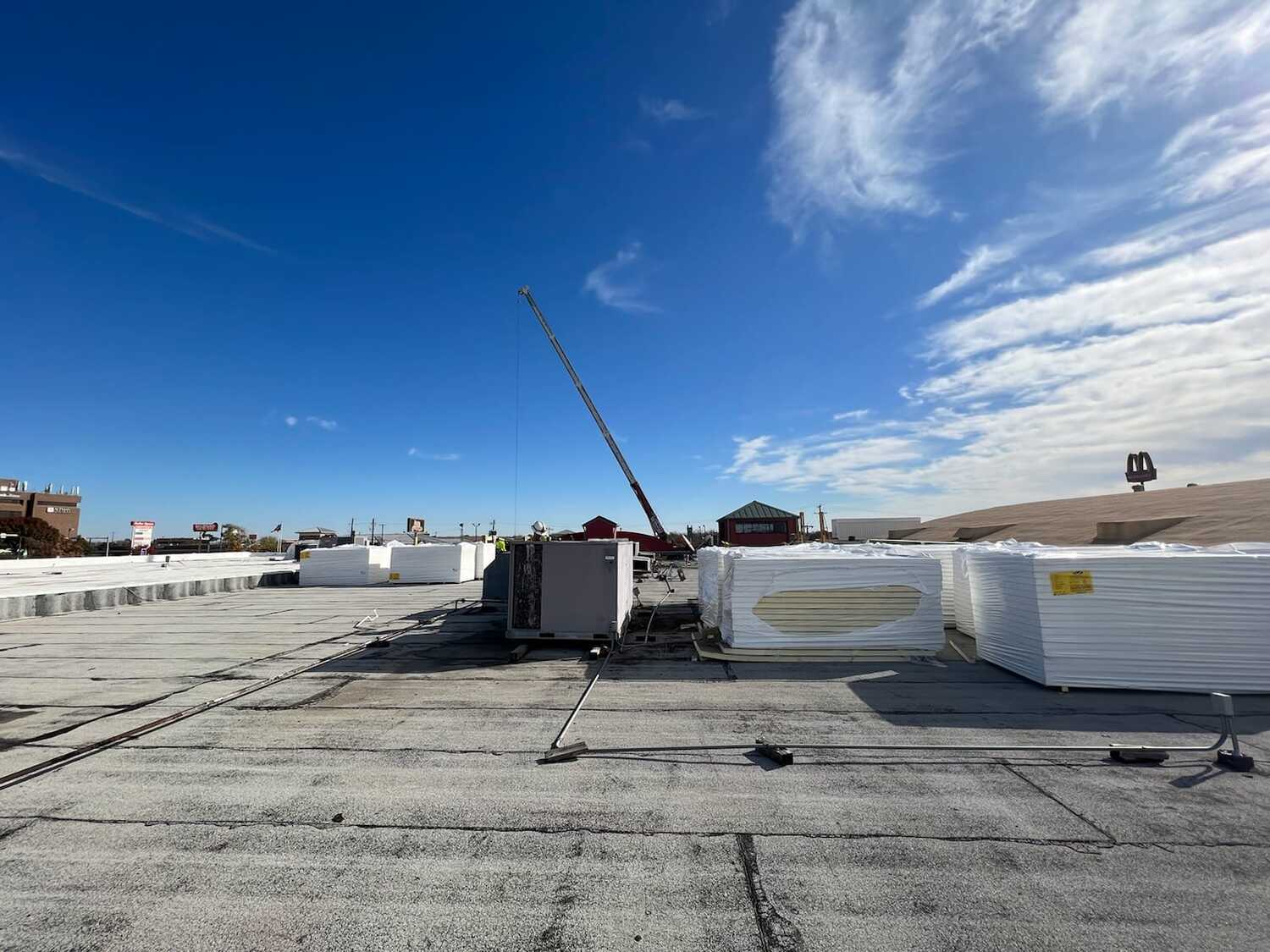
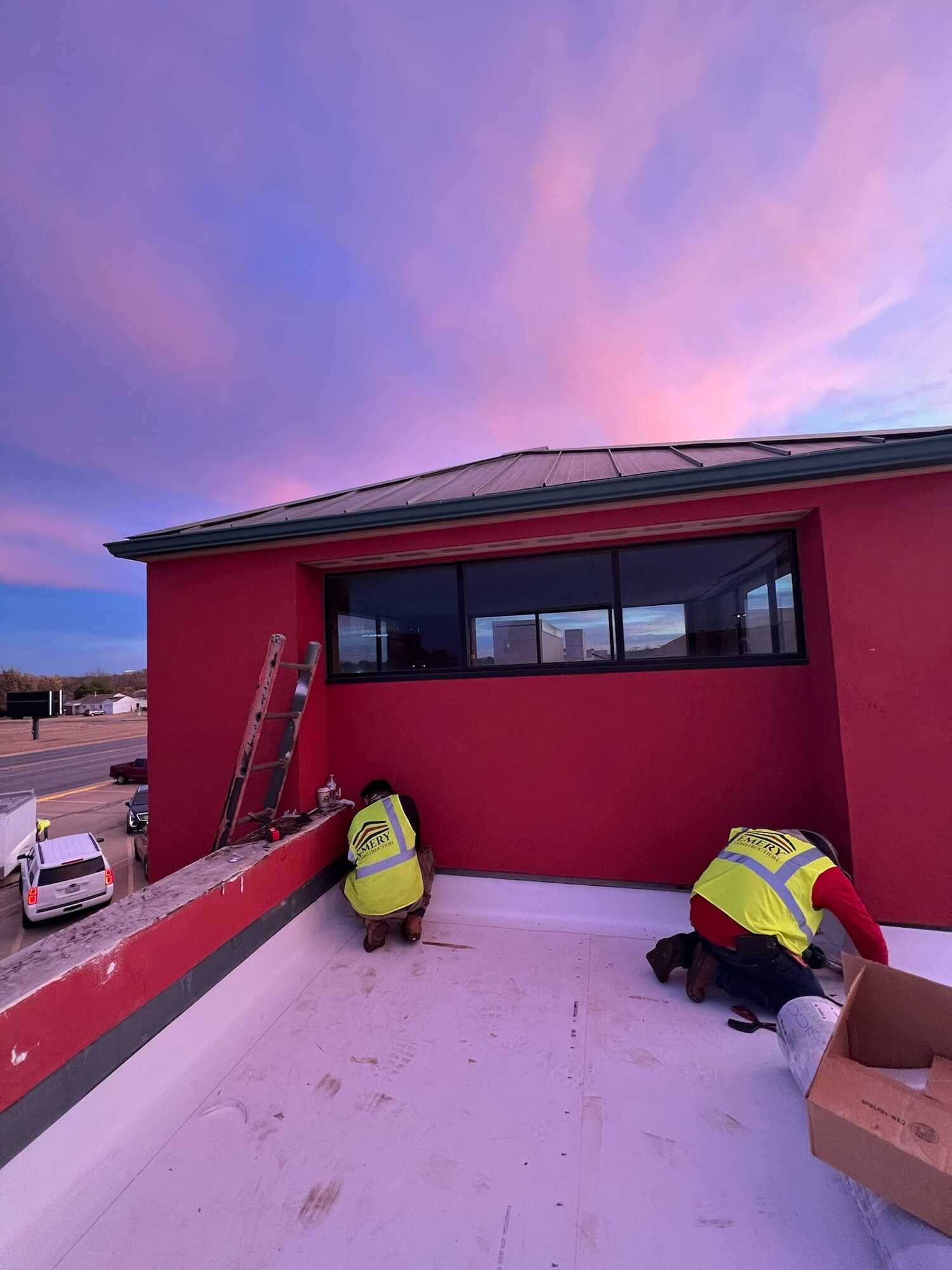
Dallas Roofer: Superb service with superb skills
How Long Does
Built-Up Roofing Last?
Since built-up roofing comprises different components and materials, life expectancy varies from 15 to 40 years. How long a built-up roof lasts also depends on the weather conditions. However, built-up roofs perform better in warmer climates than colder climates.
This lifespan is similar to composite shingles with a life expectancy of 15 to 30 years, depending on material quality.
However, with this figure, built-up roofing is not the best for a decent lifespan since other roof types can offer more than this. For example, while standing seam metal will last for 50 years, slate roofing can do more by offering up to 100 years.
Pros:
Built-up roofs come with a few advantages, including excellent ultra-violet protection and waterproofing. They are also fire-resistant, owing to the aggregate top layer. Plus, they have low maintenance requirements, meaning a low maintenance cost.
Cons:
The major downside of built-up roofs is installation. Installing this roof type takes more time than installing most other roof types. Also, applying hot bitumen emits hazardous fumes, which is unhealthy to the environment. Lastly, though the maintenance cost is low, the total cost of installation is high, even when the roof is susceptible to water and wind damage.
Why Contact Us
Our roofing contractors are the best in the business, providing a totally open, transparent and friendly service from start to finish. Hail storms are unpleasant enough on their own without damaging our homes. We know how we would want to be treated if we were looking for a hail damage roof service, and that’s how we treat our customers and how our contractors treat their work. Our service absolutely puts your needs at the heart of everything it does.
For hail damage roof repairs, whether structural or cosmetic, and hail damage insurance claims, we are the number one service in the area. Try out one of our free inspections, if your roof was damaged by hail and you’ve been unsure of what to do about the problem. It’s free, what do you have to lose? Having a hail damaged roof can weigh heavily on you, and our friendly service aims, first and foremost, to put your mind at ease. Knowing exactly what needs to be repaired, however much it might cost, is far better than not knowing at all. Our service is affordable and premium; you won’t find better hail damage roofing contractors for a better price in the area.
Repairing Basic Damage in Built-Up Roofing
Though not all damages are repairable by property owners, owners can fix some roof damage on their own with basic tools.
It is important to attend to damage early to prevent it from causing more damage to the roof and the building. Here are some common roof problems to repair with a built-up roof:
Open joints
open joints are one of the most common damages in built-up roofing, and thankfully, they are what homeowners can repair on their own. To replace a separated seam or joint, bond the separated joint back to its position in the substrate by adding some cement.
In most cases, this works, but if it doesn’t work, cover the open joint with a large piece of felt, secure it with a nail, and finish it with roofing cement. Finally, complete the surface finishing by adding some gravel.
Undulations or waves
roofing undulations are also what you can repair on your own without inviting a roofer for a repair. However, it is important to ensure the substrate is in a good condition before embarking on the repair processes. Otherwise, you may need to call a roofing contractor for a professional repair.
Repairing a roofing undulation is simple and is done by leveling the area by adding layers to its top.
Cracks
cracks are what you should deal with before degenerating into a more serious issue in your roof. Fix a crack in your built-up roof by applying a coat of asphalt cement over the area, followed by some roofing felt. Finish this by applying some gravel.
Conclusion
When planning to install or repair your built-up roof, ensure you hire a reputable roofer. Hiring a reputable roofer means you are trusting your roofing job to a competent hand. This is where to consider your go to Dallas Roofer, Emery Construction.
Emery construction is a certified roofer contractor that specializes in installing and repairing built-up roofs.
Contact us today for a free quote for your built-up roof installation or repair.
